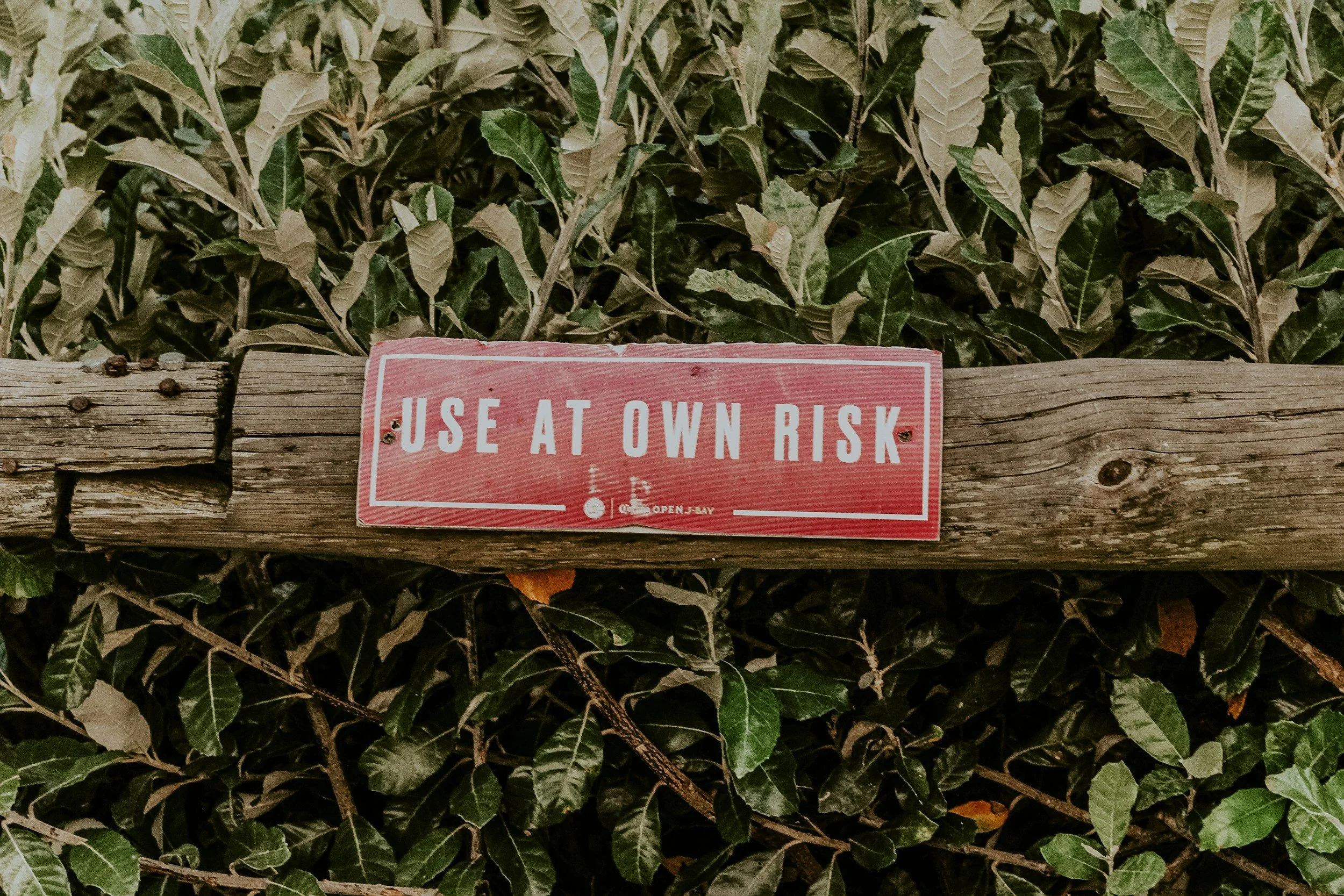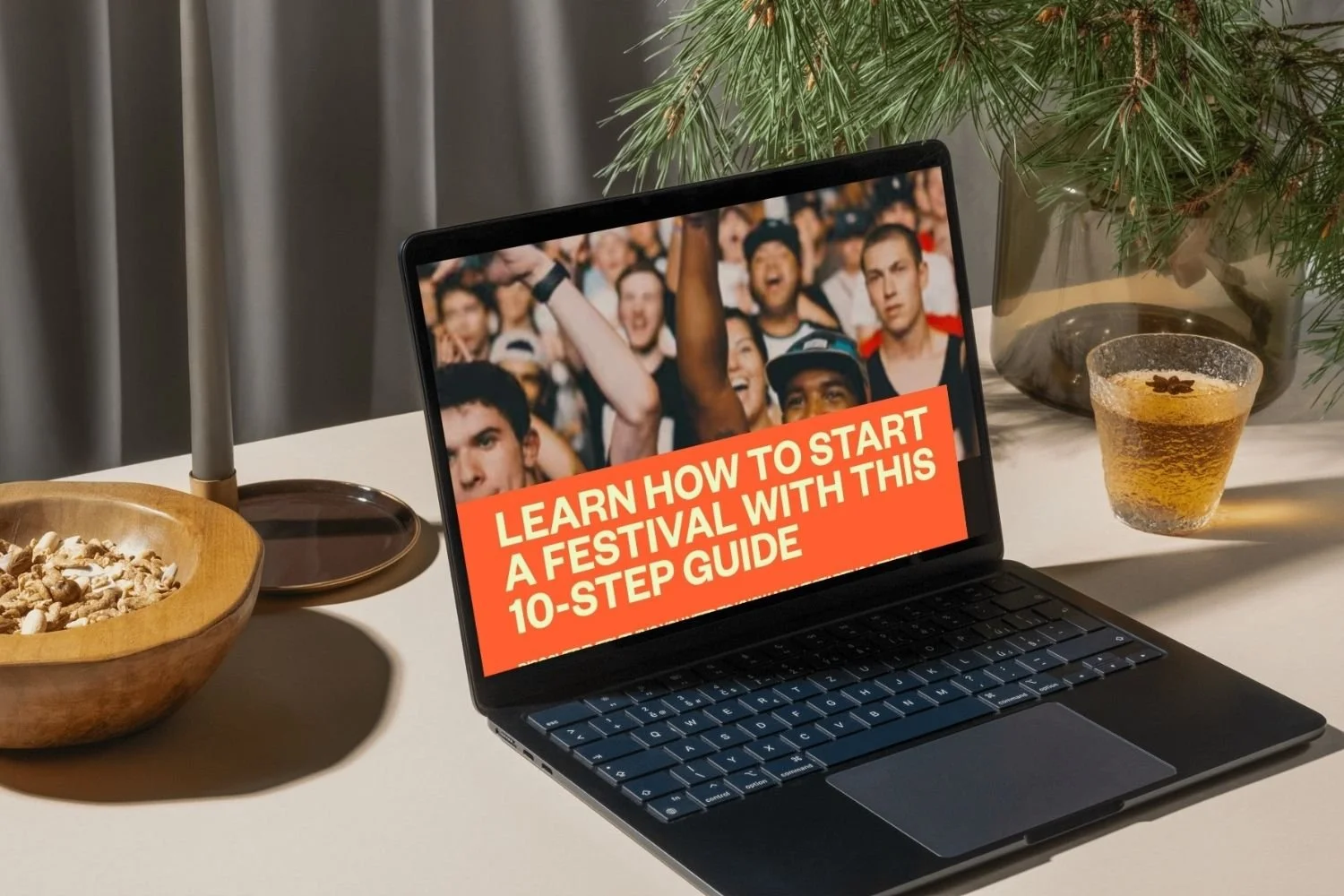Event Planning Mistakes to Avoid
Even the best planners make mistakes.
But the most experienced ones? They make fewer of them, and they rarely make the same mistake twice.
The truth is, most event issues don’t come out of nowhere. They build up slowly, through overlooked details, unclear decisions, or shortcuts that don’t seem risky until it’s too late.
This article outlines the most common event planning mistakes—not to scare you, but to help you avoid the headaches, budget blowouts, and stress that come with learning them the hard way.
Mistake 1: Starting Without a Clear Event Brief
Diving into logistics before understanding the why behind the event is a classic rookie move. Without a clear objective, every decision becomes harder and harder to justify.
How to avoid it:
Start with a short written brief that outlines the event’s purpose, target audience, key messages, success metrics, and budget. Share it early. Refer to it often.
Mistake 2: Leaving the Timeline Until It’s Too Late
Timelines are often left until the last minute or borrowed from a past event without proper edits. But timelines aren’t just paperwork. They’re what holds everything together.
How to avoid it:
Build a draft timeline as soon as the date and venue are confirmed. Layer it as you go. Make it visual. Share it with every key player well before event week.
Mistake 3: Not Asking Enough from Vendors (Upfront)
Assuming your vendor knows what you need or that their quote covers it, is a recipe for surprises. Many issues on event day come down to mismatched expectations.
How to avoid it:
Use a detailed vendor checklist. Confirm scope, inclusions, arrival times, pack-down responsibilities, and site requirements well before event week.
Mistake 4: Ignoring Contingency Planning
It won’t rain, the gear won’t fail, the MC won’t get stuck in traffic… until it does. Hoping for the best isn’t a plan, it’s a gamble.
How to avoid it:
Ask yourself: What happens if X goes wrong? Then document a basic backup plan for your top 3–5 risks. It doesn’t need to be complex, it just needs to be thought through.
Mistake 5: Underestimating Labour Needs
People often under-resource crew, especially during bump-in and bump-out. The result? You’re behind schedule, over budget, or completely burnt out.
How to avoid it:
List every task by phase. Assign time and hands to each one. Add 20% extra time to your estimates. Trust that having one extra person is better than needing five and having two.
Mistake 6: No Real-Time Communication Plan
Walkie-talkies? WhatsApp? Group text? If you haven’t set up a communication plan for event day, you’ll spend the whole day chasing people.
How to avoid it:
Nominate your channels and comms protocol in advance. Make sure key crew know who to call, when to escalate, and where to go with questions. (And don’t forget battery packs.)
Mistake 7: Trying to Do It All Yourself
Wearing too many hats leads to one thing: things falling through the cracks. Delegation isn’t weakness, it’s what keeps events on track.
How to avoid it:
Build a team early. If you’re solo, outsource where it matters most: safety, production, or logistics. And if you need templates and tools? Event Kit is your on-demand teammate.
🚫 Planning mistakes happen — but they’re easier to avoid with the right tools. Get the Event Planning Essentials Kit and start planning with confidence. You won’t catch everything. No one does. But knowing the common traps makes you better equipped to avoid them or recover quickly when they crop up.
Mistakes don’t define your capability. But how you prepare for them does.
You Might Also Like
Meet Your Mentor
Hey! I’m Rachella — founder of Event Kit and an Event Consultant with 25+ years of experience running world-class festivals and public events. I created Event Kit because I knew there had to be a smarter, less overwhelming way to plan pro-level events.
EVENT KIT LIBRARY
Guides & Tutorials: Expert Insights & Event Planning Inspiration
Your go-to for practical event planning advice, from beginner basics to smart professional development.

















Tired of starting from scratch every time? This is your core professional toolkit—ideal for planners who’ve moved beyond the basics and want a structured, comprehensive way to plan events from start to finish.
30 Event Planning Templates & Tools:
Event Brief, Event Budget Forecast, Event Plan Master Checklist, Entertainment and Supplier Bookings Database, Pre-Written Event Planning Emails, Post-Event Debrief Report…and more.
Designed by our award-winning agency
100% customisable—unlimited flexibility
Don’t get left behind, join thousands of planners using Event Kit!
Bonus: Pair your templates with our free AI/ChatGPT Event Planning Assistant for extra support.